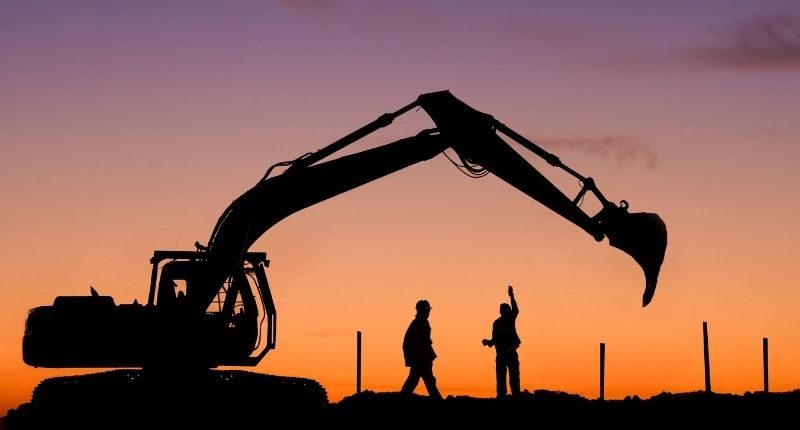- The June quarter increase of 1.4% outpaces CPI of 0.8%
- Costs have been driven by lack of supply, especially for timber
- New dwelling approvals rose by 27.3% last financial year
Residential construction costs continue to rise, with the Cordell Housing Index Price (CHIP) showing a quarterly increase of 1.4% in the three months to June 2021 – outpacing the Consumer Price Index of 0.8% over the same period.
This is the largest quarterly increase since the third quarter of 2014, when residential construction costs increased by 1.5%, and mean the annual growth rate for the past 12 months is 3.9%.
Strong demand across the residential construction sector, shortage of materials such as timber, PVC piping and fittings have contributed to this rise, which is unlikely to ease in the short term.
Although there has been a slowdown in dwelling approvals in recent times, during the 2020-21 financial year they were 27.3% higher compared to 2019-20 in seasonally adjusted terms. This was primarily driven by private sector house approvals, which were 42.8% higher last financial year compared to 2019-20.
The construction industry, which accounts for about 8.8% of Australia’s total workforce, saw its employment level increase by 0.3% in the three months to May, although it did fall by 1.6% in the three months to February.
“With the surge in dwelling approvals over the past 12 months, Australia’s residential construction sector is working through the early stages of what is set to be an extended period of heightened construction activity,” said CoreLogic’s research director, Tim Lawless.
“The substantial pipeline of residential construction work is likely to keep both building materials and trades in short supply for an extended period of time.”
Tim Lawless, CoreLogic
Following a -7.6% decrease in May, monthly dwelling approvals fell again in June, by 6.7%. The approvals pipeline peaked in march after recording 19.1% in February and 16% in March.
Despite this recent decrease, Mr Lawless reiterated costs won’t be coming down anytime soon.
“I think we can expect housing construction costs to rise more significantly over the coming year as supply chains grapple with ongoing shortages,” he said.
“Higher construction costs will inevitably flow through to higher costs for new homes and renovations.”
Queensland records largest year-on-year rise
State-by-state in the five largest markets, New South Wales witnessed a 1.3% increase in its CHIP over the quarter, bringing the annual growth rate to 3.4%. This was the first time the quarterly change had been greater than 1% since the end of 2018.
In Victoria, it rose by 1.4% with an annual increase the same as the nations at 3.9%.
Queensland’s CHIP index was 1.4% for the quarter, with an annual increase of 4.7% – the highest across Australia.
In WA, the index increased by 1.4% during the quarter, the fastest pace of growth since December 2015. Annually, costs have increased by 3.7%
Finally, in South Australia, the index rose 1.5% up 3.6% for the year, which is the fastest since September 2014.








